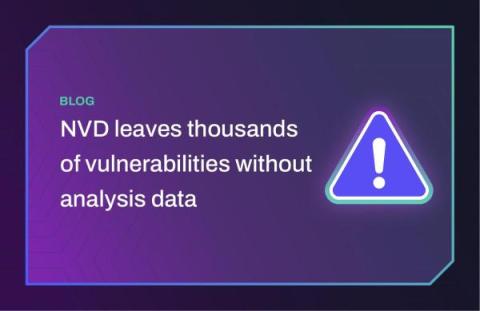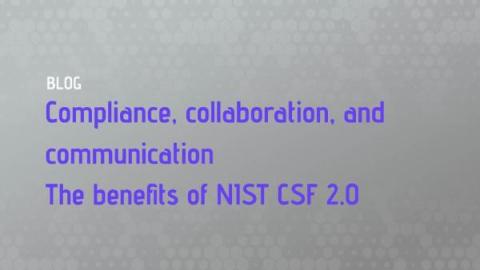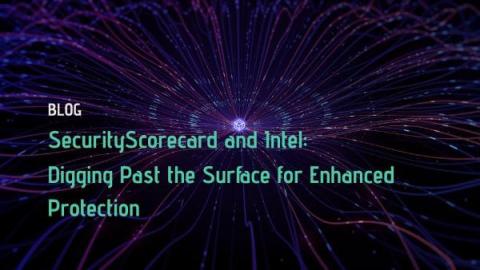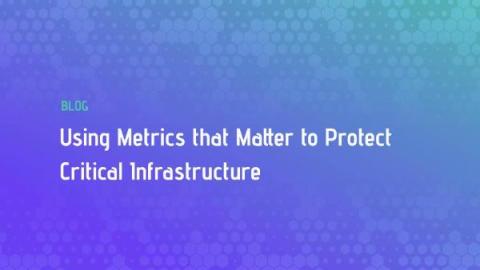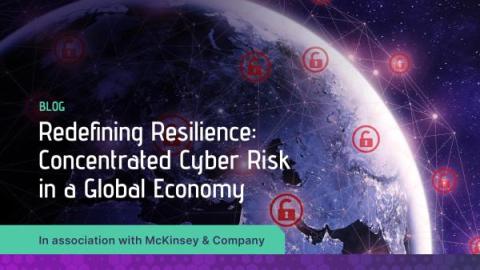SecurityScorecard Named a Leader in the Forrester Wave for Cybersecurity Risk Ratings
Today, we’re proud to announce that Forrester has named SecurityScorecard a Leader in The Forrester Wave: Cybersecurity Risk Ratings Platforms, Q2 2024. Forrester identified the 10 most significant vendors in cybersecurity risk ratings and scored them based on the strengths of their current offering, strategy, and market presence.



